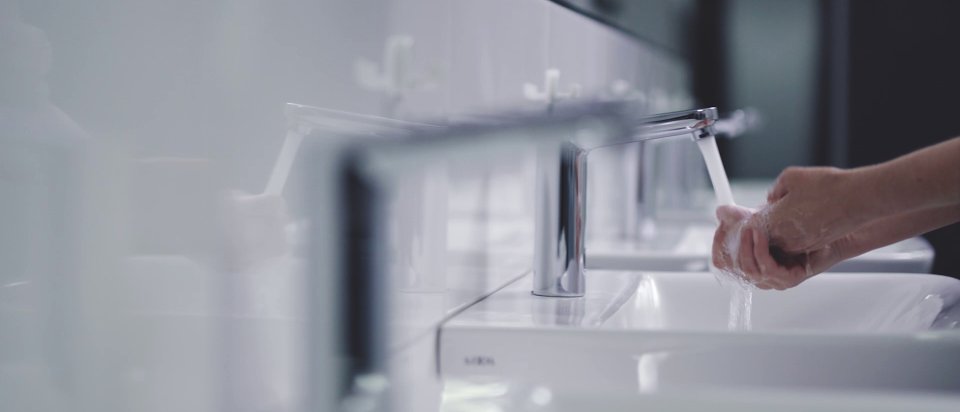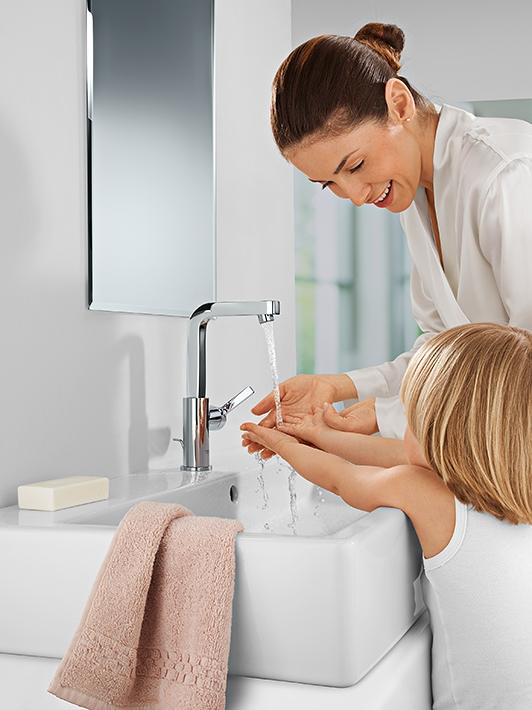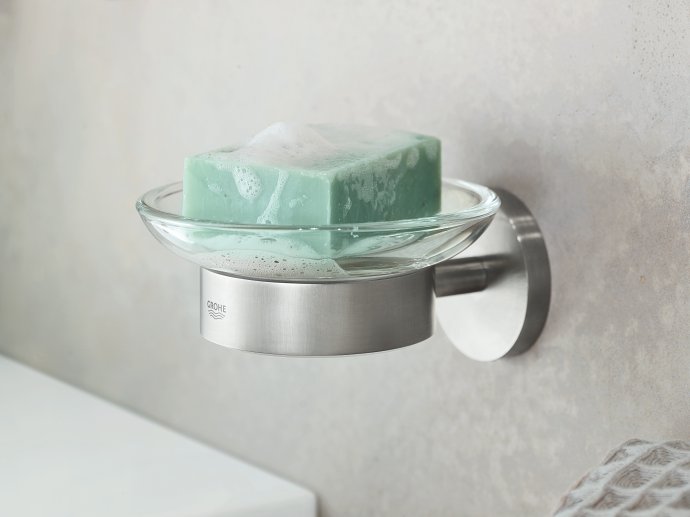
HAND WASHING FOR CHILDREN: HOW TO TEACH THE LITTLE ONES
Being protected against infections and diseases is especially important for children¹, but sometimes they have a hard time with it. This could be due to germs being invisible and them not understanding how they can exist. Educators have pointed out how important it is for parents to teach their children how to wash their hands properly and walk them through the process so they learn how to do it themselves.²
Educator’s tip: Use child-friendly language when explaining hand washing and make it seem like you're telling an adventure story.³ It's more exciting and memorable when you're showing your child how to wash their hands and you declare war on these disease-causing "dirty monsters". If they think that bravely washing their hands is the only way to win against the enemy, they’re more likely to do it properly.

Most children tend to rush hand washing and get it out of the way. In nurseries and children's hospitals, it has proven to be a good idea for educators and parents to come up with a short rhyming poem or song during hand washing.⁴ This makes the hand washing process more fun and helps the children to remember how long they should clean their hands for. A little tip: The Happy Birthday song is almost exactly 20 seconds long.
Our GROHE tip: Support small children who aren’t able to reach the sink yet by placing a stool underneath. Consider buying colourful hand soap or a brush in the shape of their favourite superhero so it makes handwashing even more enjoyable.
The following experiment was carried out by a US-American primary school teacher and is a great way of demonstrating the importance of hand washing, especially with children since they can’t see the effects.⁵ Many children find it difficult to imagine the invisible viruses and bacteria and often forget to use soap, therefore she came up with the following idea:
1. Fill a plate with water and sprinkle peppercorns onto the water (these symbolise the germs).
2. Now ask your child to put their unwashed finger into the water. Some pieces of peppercorn will stick to their finger, the rest won't move.
3. Now get your child to wash this same finger with soap and put it in the water again. What happens next will be particularly surprising for children and impressively illustrates just how effective soap is: all the peppercorns will move away from the finger and none will stick to it.

Perfect hygiene
- Hygienic hand washing without touching the tap.
- Prevents the transmission of germs.
- Intelligent technology for impeccable hygiene.

Innovative Technology
- Automatic flushing prevents stagnant water in pipes.
- Lack of dead spaces in the fitting to prevent stagnant water.
- Thermal disinfection against bacteria, legionella bacteria and other germs.
External sources:
¹ Bundeszentrale für gesundheitliche Aufklärung (BZgA): Hygiene. Kinderleichter Schutz vor Infektionskrankheiten, S. 2.
² Bundeszentrale für gesundheitliche Aufklärung (BZgA) auf bzga.de: Pressemittelung vom 04.05.2015.
³ Bundeszentrale für gesundheitliche Aufklärung (BZgA) auf bzga.de: Pressemittelung vom 04.05.2015.
⁴ Institut für Hygiene und Öffentliche Gesundheit der Universität Bonn: Mitmachbüchlein für Kinder, S. 5.
⁵ https://www.independent.co.uk/life-style/health-and-families/coronavirus-wash-hands-video-pepper-soap-water-virus-children-tom-fletcher-a9403946.html